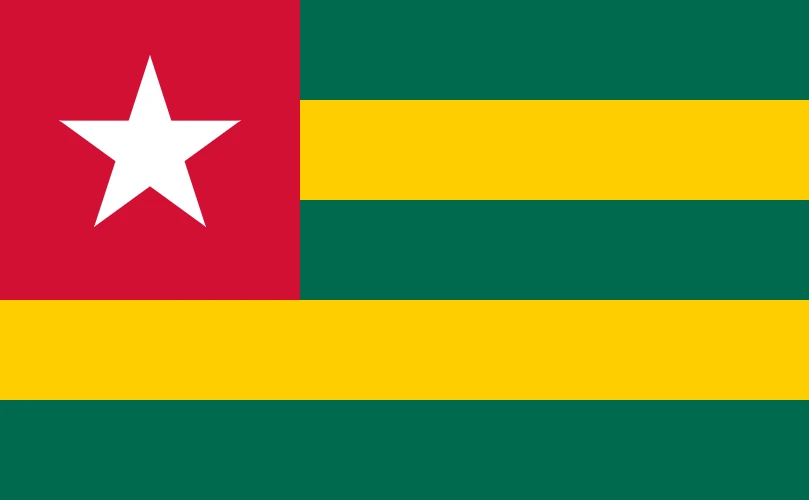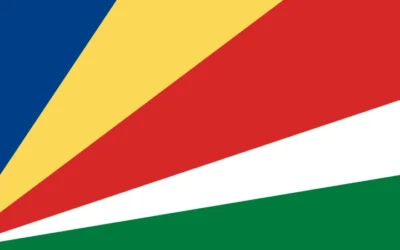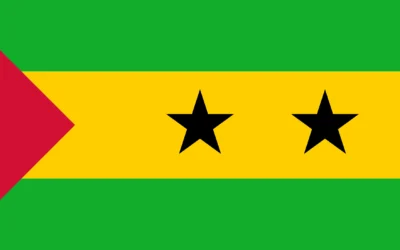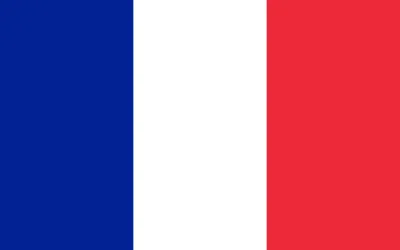Togo Travel Guide
Discover Why You Should Visit Togo
Why Visit Togo?
Togo, a narrow West African nation on the Gulf of Guinea, offers travelers a rich blend of culture, nature, and history in a compact and welcoming setting. Its landscapes range from lush hills and forests to vibrant coastlines, while its cities and villages pulse with traditional music, dance, and artisan crafts.
Visitors are drawn to its colorful markets, spiritual practices like Vodun, and its scenic hikes in the north. Togo is ideal for those seeking immersive travel without the crowds.
Ideal for: Cultural explorers, off-the-beaten-path travelers, hikers, and eco-tourists.
Must-Know Facts
Capital/Major City: Lomé
Language(s): French (official), Ewe, Mina, Kabiye, and other local languages
Currency: West African CFA Franc (XOF)
Best Time to Visit: November to February (cooler, dry season)
Fun Fact: Togo is one of the few countries where Vodun (Voodoo) is widely practiced and officially recognized.
Top Things to Do
Visit Lomé’s bustling Grand Marché and Independence Monument
Explore the Akodessawa Fetish Market for insight into Vodun spiritual practices
Hike to the Kpalimé waterfalls and surrounding cocoa and coffee plantations
Relax on the beaches of Aneho and Togoville by Lake Togo
Experience traditional drumming and dance performances in rural villages
Local Culture & Lifestyle
Togolese culture is a dynamic mix of indigenous traditions and colonial heritage. Music and dance are essential aspects of community life, especially during festivals and ceremonies.
Many rural communities practice Vodun alongside Christianity or Islam, and rituals involving masks, offerings, and drumming remain central to spiritual and social life.
Artisan skills, including weaving, carving, and pottery, are passed down through generations and remain key to economic life.
Food & Drink Highlights
Street Food: Fufu with sauce, grilled chicken, pâte (maize dough), spicy fried fish
Restaurants: Le Patio (Lomé), Coco Beach, and local maquis in Kara and Kpalimé
Drinks: Palm wine, local beer, bisap (hibiscus tea), ginger juice
Desserts: Coconut balls, banana beignets, fried plantains with sugar and cinnamon
Main Dish & Culinary Symbols
Signature Dish: Fufu (pounded yam or cassava) with groundnut or goat sauce
Common Ingredients: Yam, cassava, maize, okra, peanut paste, dried fish, chili
Culinary Culture: Meals are usually shared, with sauces customized by region and tribe. Spice levels are high, and food is deeply tied to cultural expression
Symbols & Icons of the Area
Natural Icons: Mount Agou, Lake Togo, Fazao-Malfakassa National Park
Cultural Icons: Fetish market objects, kente-style cloth, traditional masks, talking drums
Hidden Gems & Off-the-Beaten-Path
Koutammakou, a UNESCO World Heritage Site known for traditional Batammariba mud tower houses
Tamberma Valley, home to fortress-like clay houses and rich oral traditions
Womé Waterfall and surrounding butterfly forests near Kpalimé
Shopping & Souvenirs
What to Buy: Batik cloth, wooden masks, fetish figures, handmade jewelry, woven baskets
Where to Shop: Lomé’s artisan market, roadside stalls in Atakpamé, village markets in the north
Getting Around
Public Transport: Shared taxis and bush taxis (taxis-brousse) operate between towns
Car Rentals: Available in major cities, ideal for multi-day trips
Tip: Roads vary in condition; local drivers are recommended for rural travel
Walkability: High in markets, village centers, and hiking zones
Travel Tips
French is essential for navigation and local interaction; some English is spoken in tourism spots
Respect local customs, especially regarding Vodun practices and sacred spaces
Ask permission before taking photos of people, shrines, or rituals
Cash is preferred in most places, and ATMs may be limited outside major cities
Where to Stay
Budget: Guesthouses in Kpalimé, Sokodé, and rural towns
Mid-range: Hotel Sarakawa, Résidence Hôtelière Oceane, eco-lodges near Mount Agou
Luxury: Small upscale lodges around Lake Togo or private beach resorts in Lomé
Unique: Traditional village homestays or artist retreats in Kpalimé
Sample 4-Day Itinerary
Day 1: Arrive in Lomé, explore Grand Marché and Akodessawa Fetish Market
Day 2: Visit Lake Togo, stop by Togoville, and relax on Aneho beach
Day 3: Travel to Kpalimé for hiking, waterfalls, and coffee plantation visits
Day 4: Explore local arts and crafts before returning to Lomé or continuing north






0 Comments